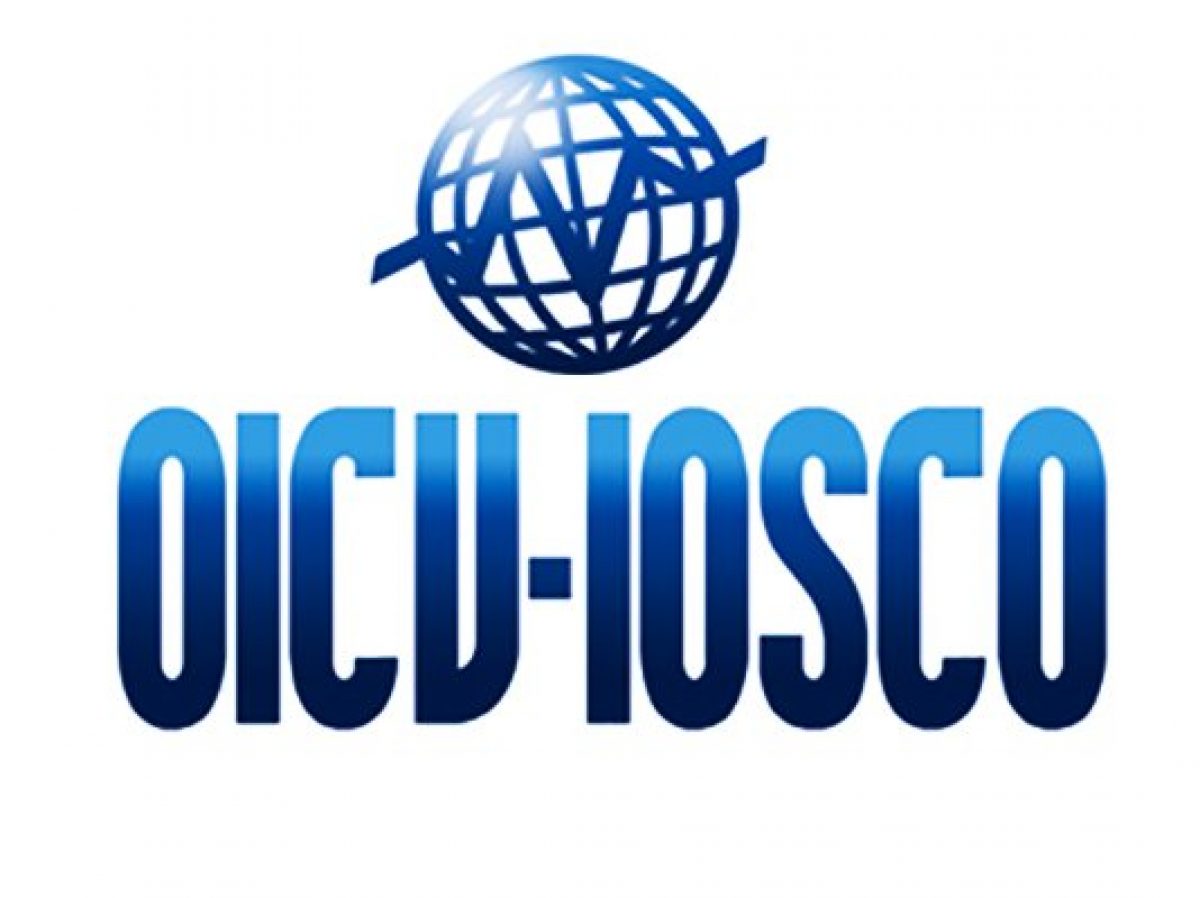Markets
IOSCO sets rules to regulate artificial intelligence in investment market
Published
4 years agoon

The Board of the International Organization of Securities Commissions (IOSCO) today published guidance to help its members, including Nigeria’s Securities and Exchange Commission (SEC), regulate and supervise the use of Artificial Intelligence (AI) and Machine Learning (ML) by market intermediaries and asset managers.
The guidance followed its consultation report published earlier in June.
Read Also:
On the one hand, IOSCO noted that the use of artificial intelligence in investment market and ML may benefit market intermediaries, asset managers and investors by increasing the efficiency of existing processes, reducing the cost of investment services and freeing up resources for other activities.
However, it hinted that the next generation technologies may also create or amplify risks, potentially undermining financial market efficiency and harming consumers and other market participants.
Moreover, market intermediaries and asset managers’ use of AI and ML is growing, as their understanding of the technology evolves.
The IOSCO report describes how market intermediaries and asset managers currently use AI and ML to reduce costs and increase efficiency.
It notes that the rise in the use of electronic trading platforms and the increasing availability of data have led firms to progressively use AI and ML in their trading and advisory activities, and risk management and compliance functions.
Consequently, regulators are focusing on the use and control of AI and ML in financial markets to mitigate the potential risks and prevent consumer harm. In 2019, the IOSCO Board identified AI and ML as a priority.
The IOSCO guidance of 44 pages consists of six measures that seek to ensure that market intermediaries and asset managers have:
- appropriate governance, controls and oversight frameworks over the development, testing, use and performance monitoring of AI and ML;
- staff with adequate knowledge, skills and experience to implement, oversee, and challenge the outcomes of the AI and ML;
- robust, consistent and clearly defined development and testing processes to enable firms to identify potential issues prior to full deployment of AI and ML; and
- appropriate transparency and disclosures to their investors, regulators and other relevant stakeholders.
In addition to the guidance, the report includes two annexes that describe how regulators are addressing the challenges created by AI and ML and the guidance issued by supranational bodies in this area.
IOSCO members are encouraged to consider these measures carefully in the context of their legal and regulatory framework.
The use of AI and ML will likely increase as the technology advances, with the regulatory framework evolving in tandem to address the associated emerging risks. Going forward, IOSCO may review the report, including its definitions and guidance, to ensure it remains up to date.
Share this:
- Click to share on X (Opens in new window) X
- Click to share on Facebook (Opens in new window) Facebook
- Click to share on WhatsApp (Opens in new window) WhatsApp
- Click to share on Pocket (Opens in new window) Pocket
- Click to share on Telegram (Opens in new window) Telegram
- Click to email a link to a friend (Opens in new window) Email
- Click to share on LinkedIn (Opens in new window) LinkedIn
You may like


Nigeria Attains 70% Adoption Rate to Beat Global AI Usage


APPLY: NCAIR, Google Launch N100 Million AI Fund for Local Startups


Only 10% of Global Workers Possess In-Demand AI Skills


AI in Nigeria Hosts Artificial Intelligence Summit in Lagos


INSIGHT: 85% of IT Leaders See AI Boosting Productivity, But…


5 ways Google Health is Using AI in Africa












